
Something major is transpiring in the U.S. pharmacy world. A big chain is pulling back again, closing stores in a dozen states and leaving thousands without easy access to health services, medication, or even essential household products.
The action affects millions. But this isn’t just a business decision: it’s a sign. It points to more serious issues in the pharmacy industry that go beyond a single company’s balance sheet.
What happened? Why now? And what does it mean for all communities? Let’s break down what’s causing the latest wave of closure, and where it’s heading.
A Second Bankruptcy, Fast on the Heels of the First
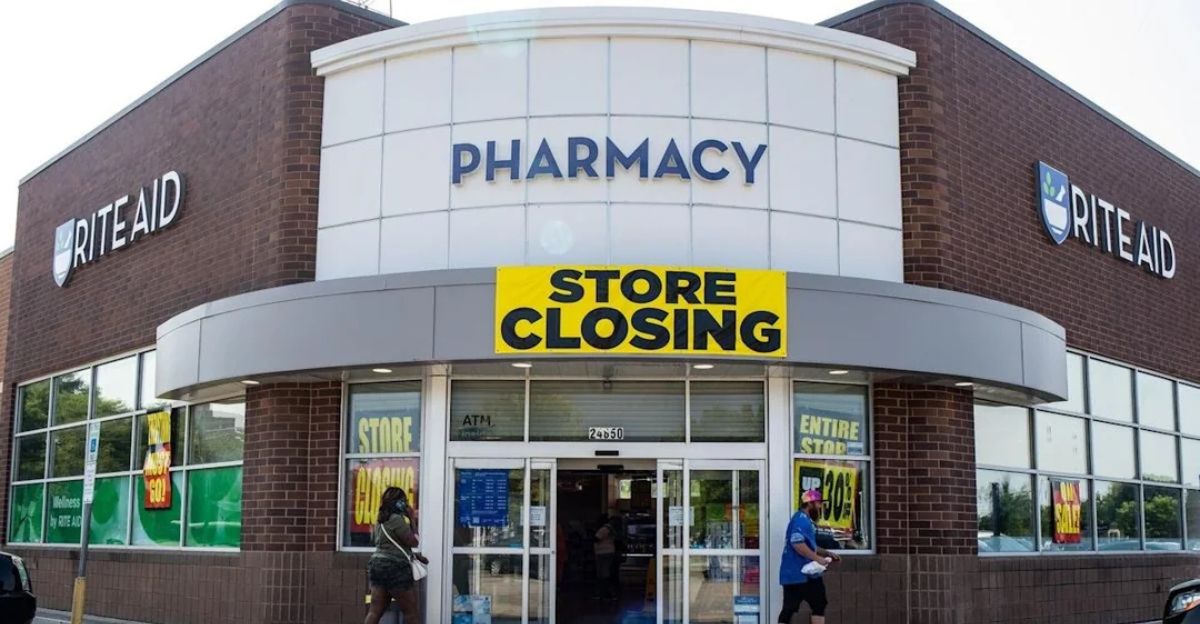
Rite Aid filed for Chapter 11 bankruptcy protection in October 2023, then filed again in May 2025, around eight months after coming out of its previous restructuring.
The decision came as economic pressure and constant lawsuits hindered the company. While the first restructuring helped decrease some debt and supplied new funding, it didn’t address fundamental problems in the company’s business model. The result was another round of layoffs, closures, and suspense.
This Isn’t Just About Rite Aid
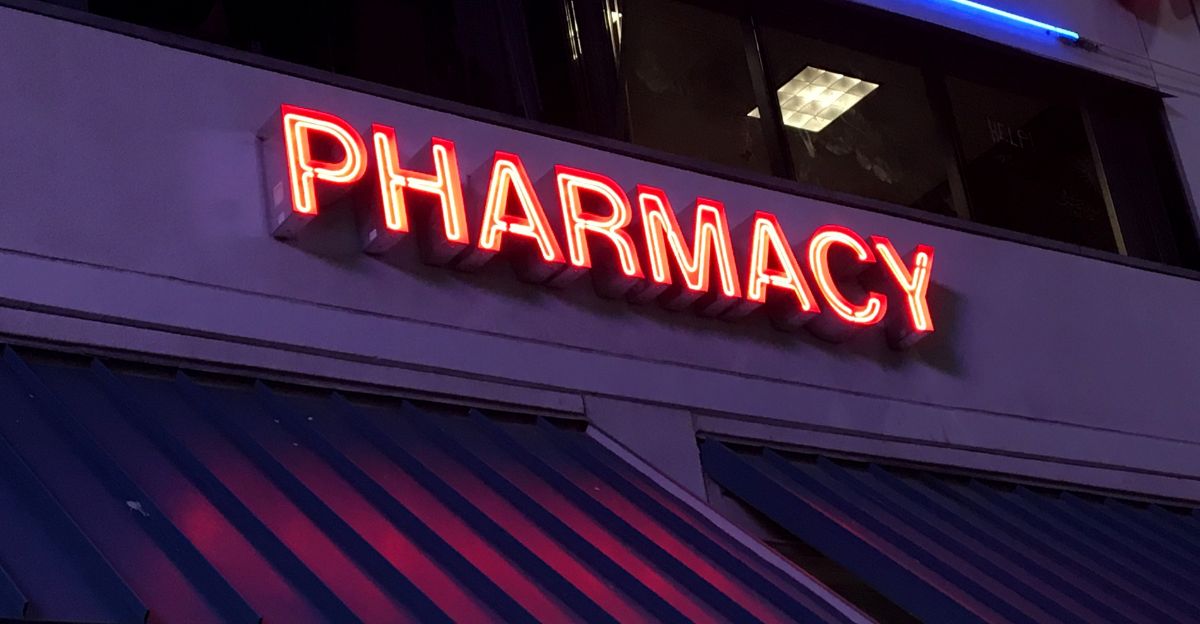
The pharmacy business is changing rapidly. A number of chains have expanded aggressively over the last decade.
But demand grew at a different pace. Now, many companies like CVS and Walgreens are scaling back. What resembles one company’s downfall is actually part of a much larger trend: a shrinking industry after years of its overexpansion.
114 More Stores Shutting Down
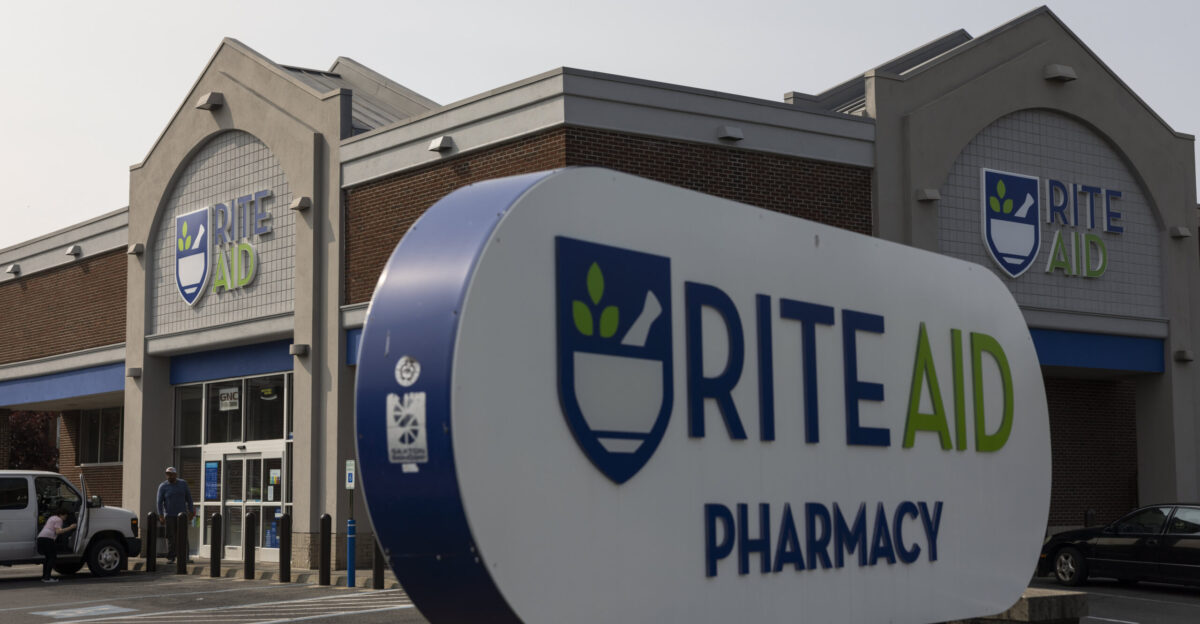
A bankruptcy court in New Jersey authorized Rite Aid’s intent to close 114 more stores. These closures follow hundreds of previous shutdowns and are included in a broader asset sale process. With each series of closures, Rite Aid is shrinking, but also trying to survive by trimming costs where possible.
Pennsylvania Hit the Hardest
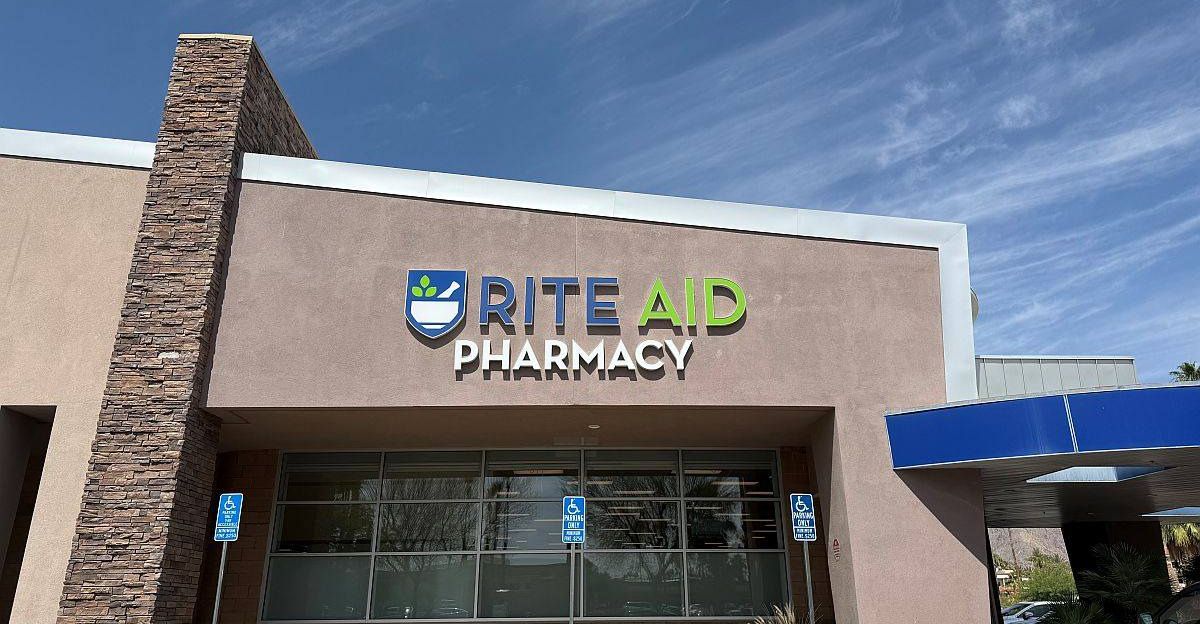
Even though stores in several states are concerned, Pennsylvania is witnessing the most significant number of closures.
Other impacted states are Washington, California, and New York. The decision is based on what Rite Aid dubs an “optimization plan.” However, it frequently means losing the only nearby pharmacy for residents.
The List Keeps Getting Longer
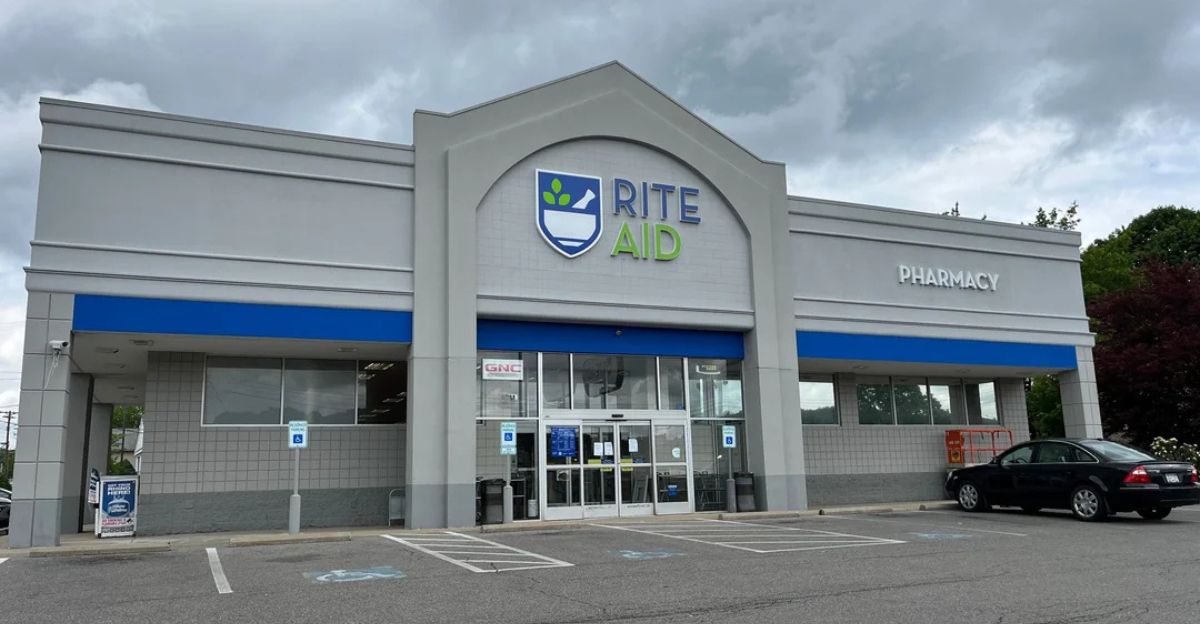
Including the latest 114 locations, Rite Aid has shut down hundreds of stores over the last two years. The firm’s footprint has diminished dramatically as part of its ongoing restructuring efforts.
Each closure represents both cost savings for the struggling chain and reduced or lost access for communities that depended on these locations.
What Sparked the Collapse?
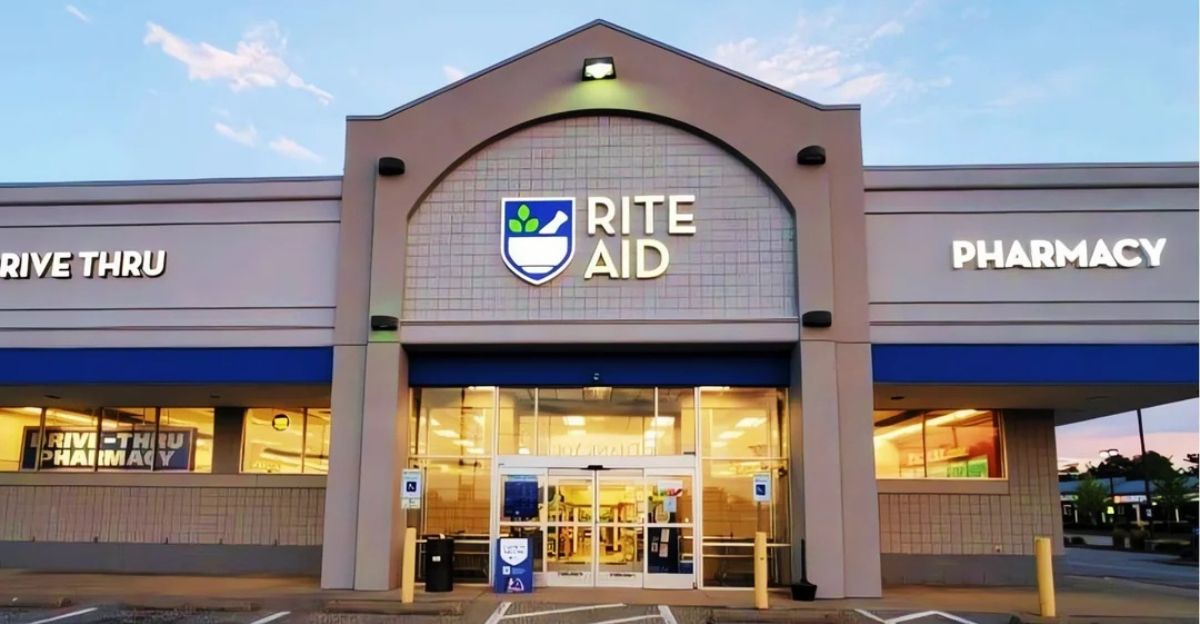
A combination of conditions brought Rite Aid to this point. Slow sales, debt, and growing competition all played a role. But one of the biggest contributors has been a surge of lawsuits over opioid distribution.
Similar to other large pharmacy chains, Rite Aid has had to deal with allegations that it failed to control misuse of controlled substances, leading to hundreds of legal battles.
Debt Reduction Efforts
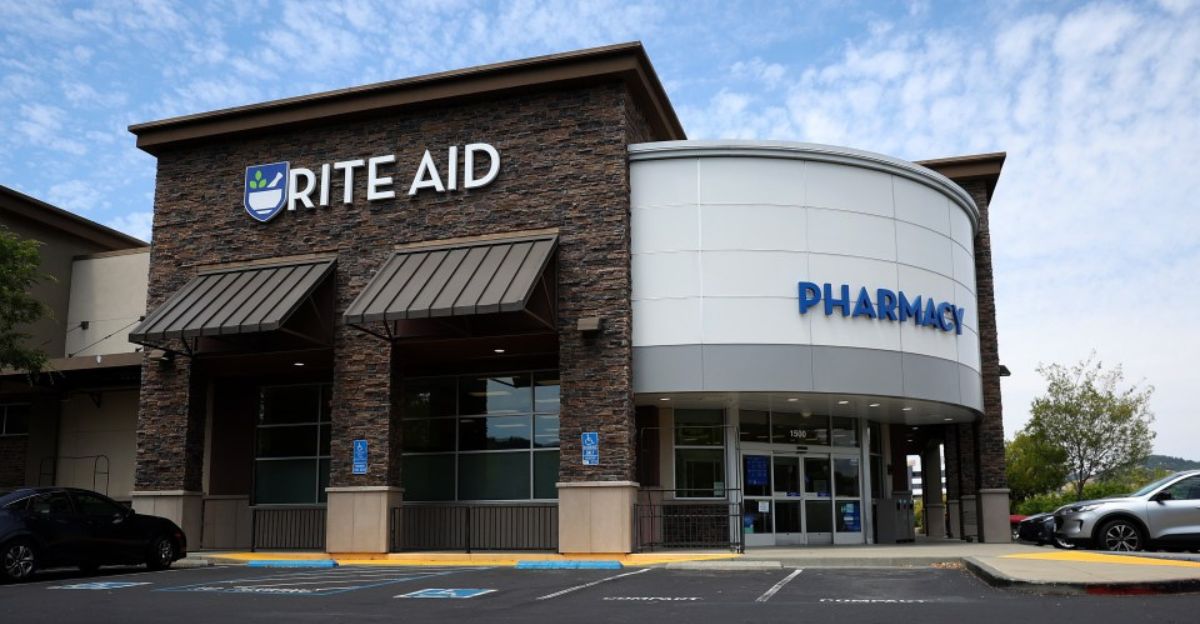
Rite Aid’s first bankruptcy in 2023 helped cut $2 billion in debt and secured $2.5 billion in funds to keep running. After emerging from Chapter 11 in September 2024, the company became privately owned by its lenders.
But ongoing financial pressures led to the second bankruptcy filing just months later, showing that debt reduction alone wasn’t enough to solve underlying problems.
Competitors Are Also Feeling the Pressure
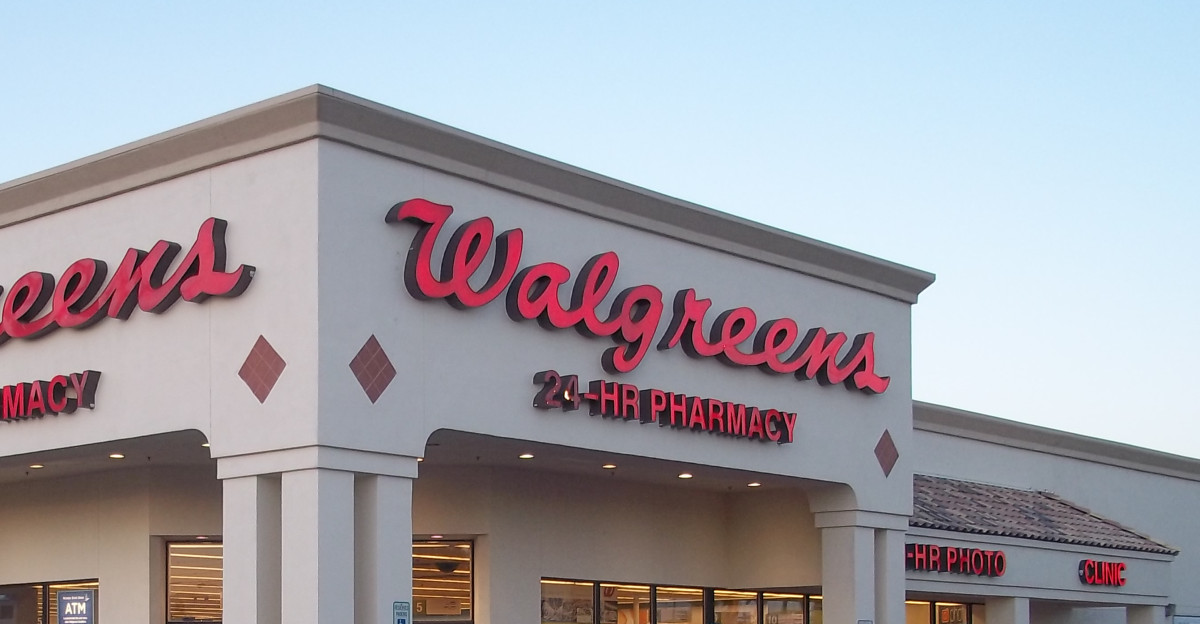
Rite Aid isn’t the only one affected. CVS, Walgreens, and even Walmart are reassessing their store networks.
Online services like Amazon Pharmacy have initiated home delivery for prescriptions, reducing demand for physical stores.
In multiple urban neighborhoods, several pharmacies opened a few blocks apart. Now that demand is shrinking, some stores aren’t needed.
Neighborhood Pharmacies at Risk
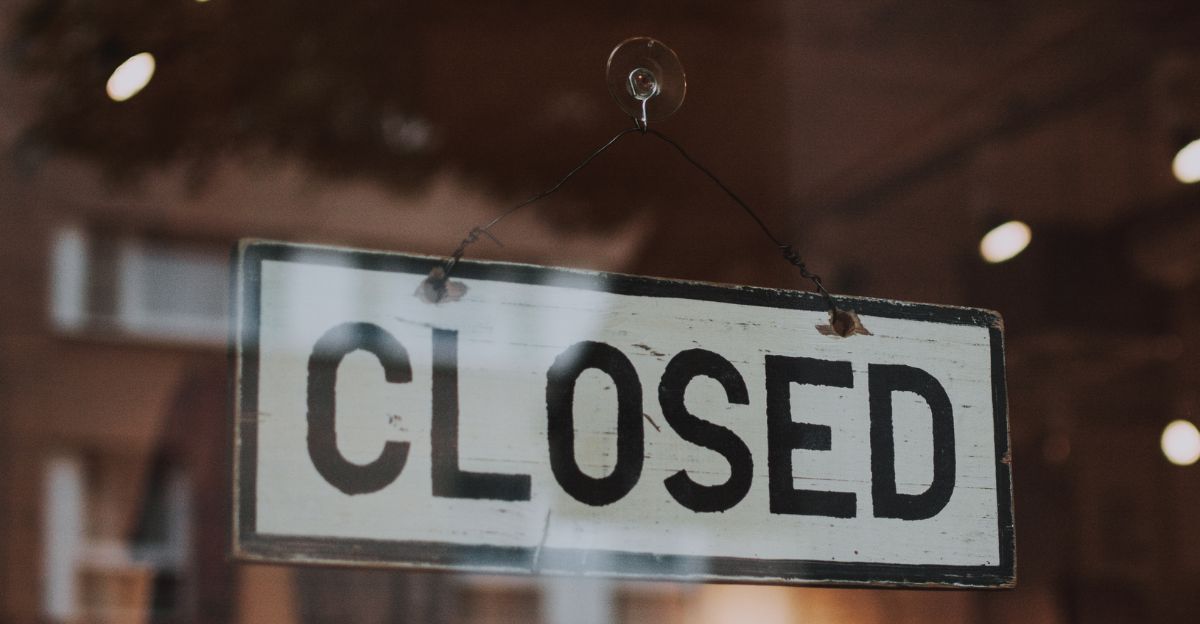
It’s not just big chains. Private pharmacies are also shutting down, often without warning. Earlier this year, a family-owned pharmacy with over 100 years in business shut down, citing financial pressure. These smaller businesses face the same competition, but with fewer resources to adapt.
Communities Left Scrambling
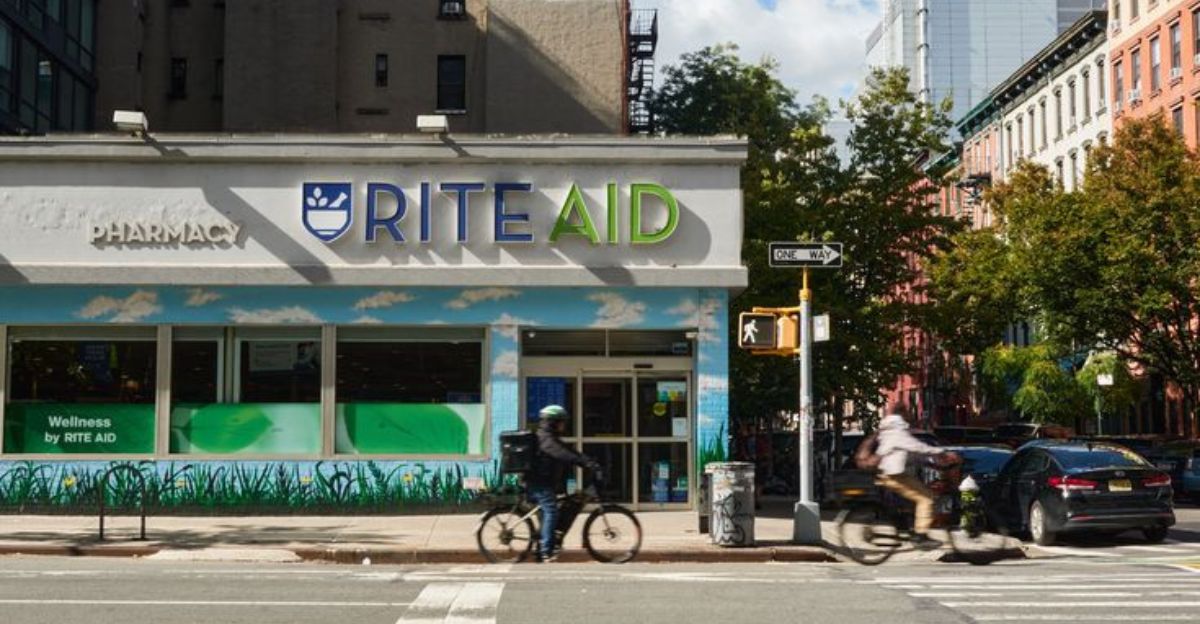
Pharmacy closures can inconvenience customers, especially those in lower-income or rural areas. They can imply long drives for basic care, medication delays, and little access to in-person pharmacists. Some communities now rely on delivery services or travel across county borders for prescriptions.
Experts Say This Was Expected
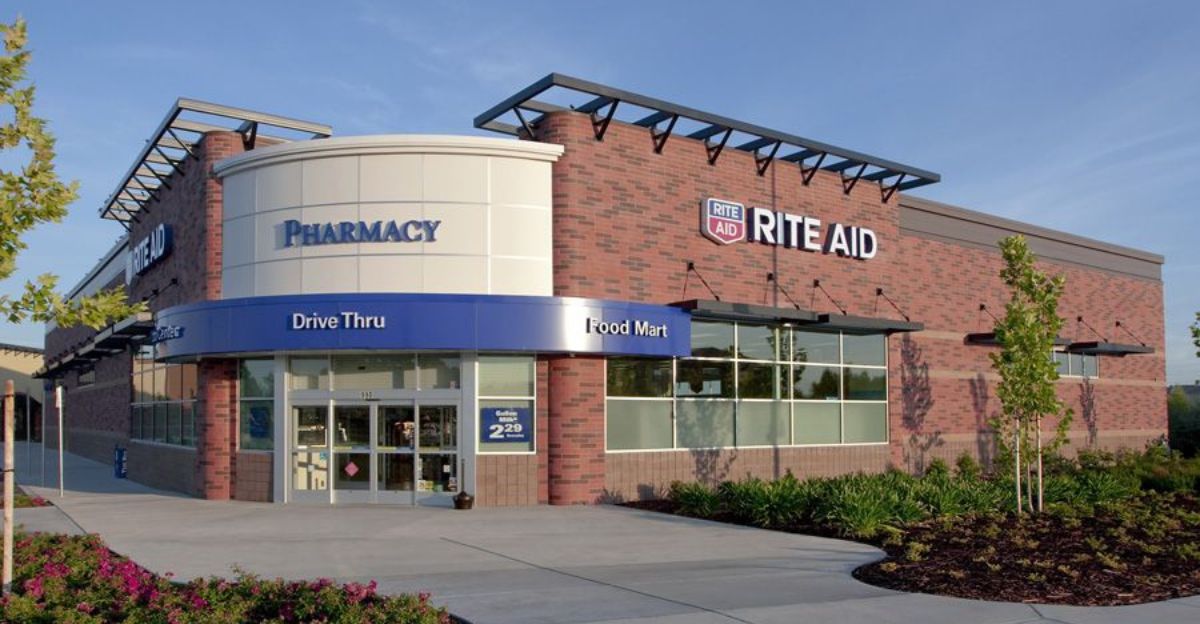
Industry analysts have reported that pharmacy chains were expanding too quickly for years. Many locations opened faster than demand could support. When that kind of expansion meets high debt and rising costs, closures are often the inevitable result.
It’s Not Just Physical Stores
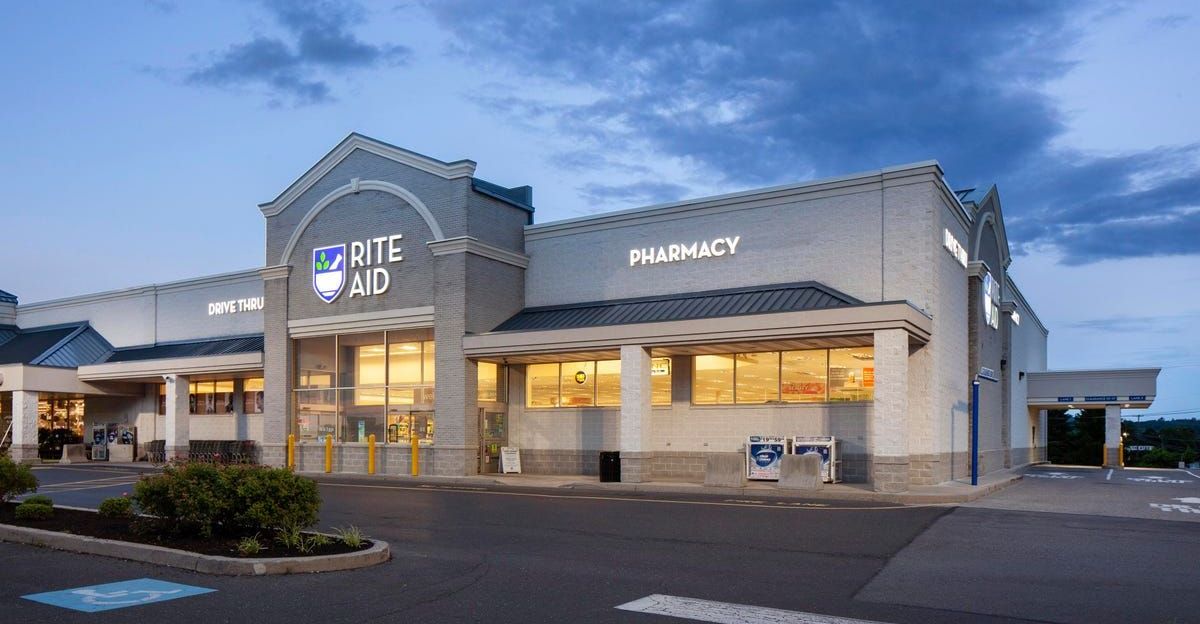
Pharmacies aren’t just brick-and-mortar operations anymore. Insurance billing, prescription software, and digital health partnerships are changing the game.
But Rite Aid has lagged behind in adopting tech-forward models. Without a digital pivot, it’s been harder for the company to compete on convenience or cost.
What Happens Next?
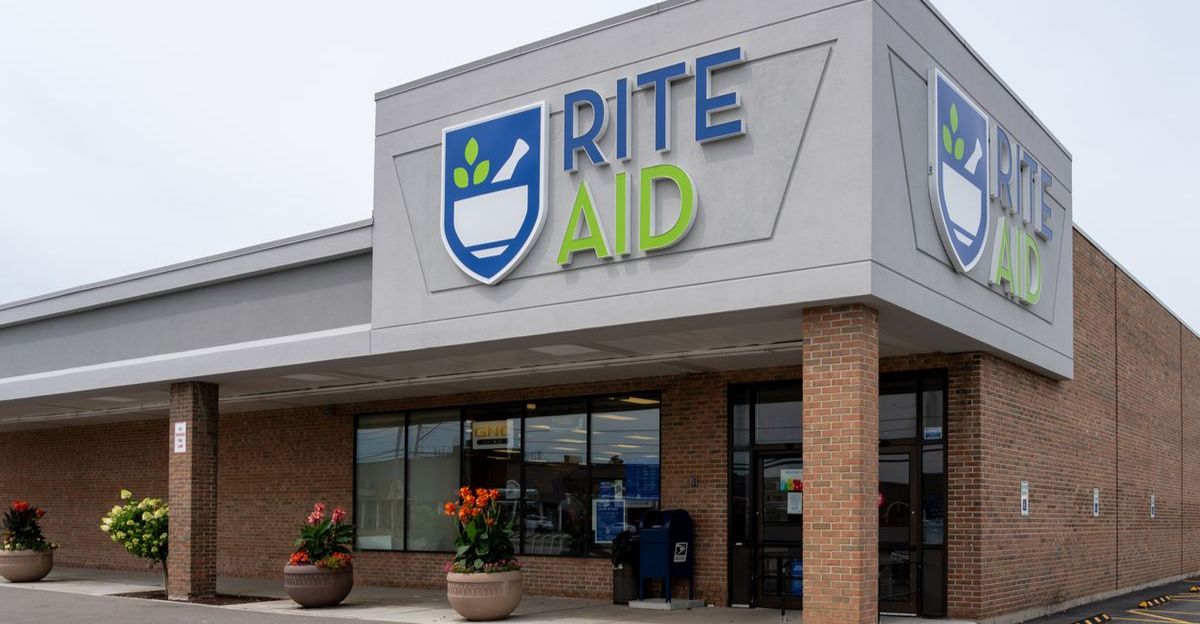
Rite Aid is still trying to sell assets and restructure its business. The next few months will be critical. More closures could follow if the company can’t stabilize. Industry observers are watching to see if another buyer steps in, or if more stores are sold off to competitors.
A Sign of What’s to Come?
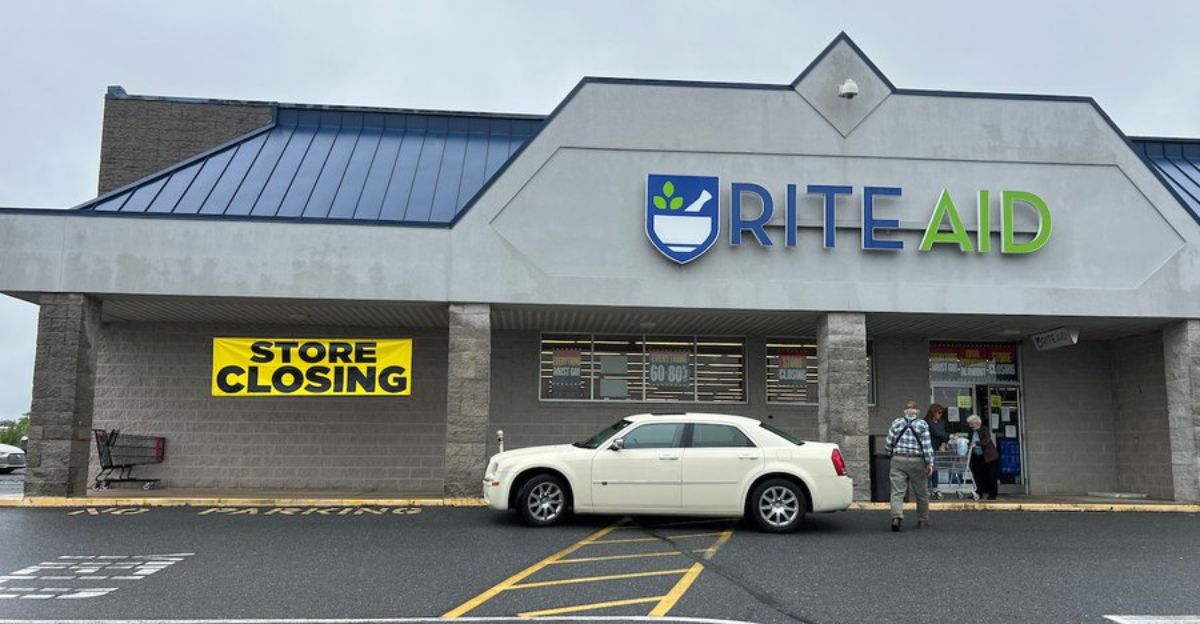
Rite Aid is becoming a case study in how fast a major retailer can lose its footing. More than just another bankruptcy, it raises questions about what role traditional pharmacies will play in the future, and whether the industry can find a sustainable model that meets modern needs.
